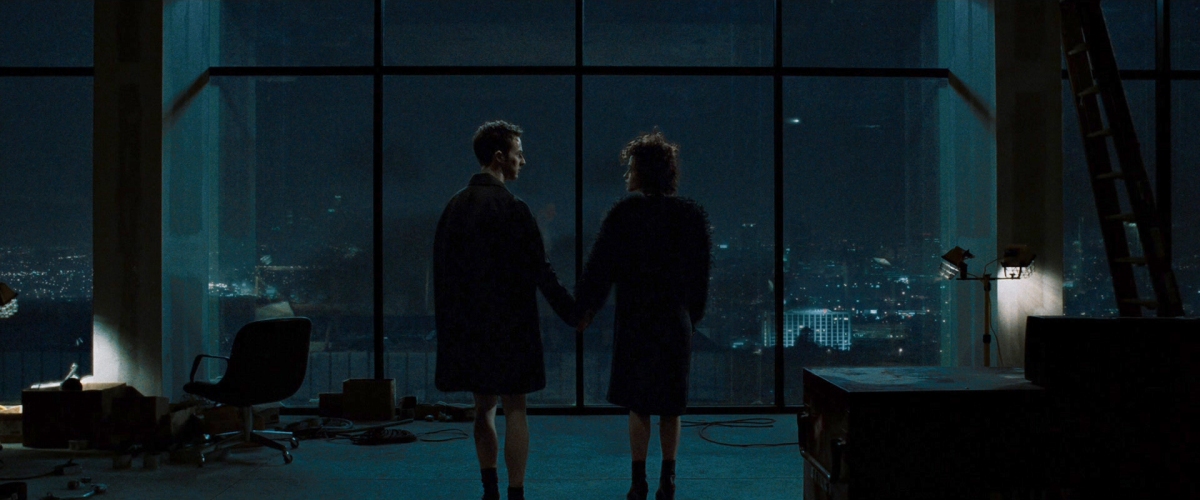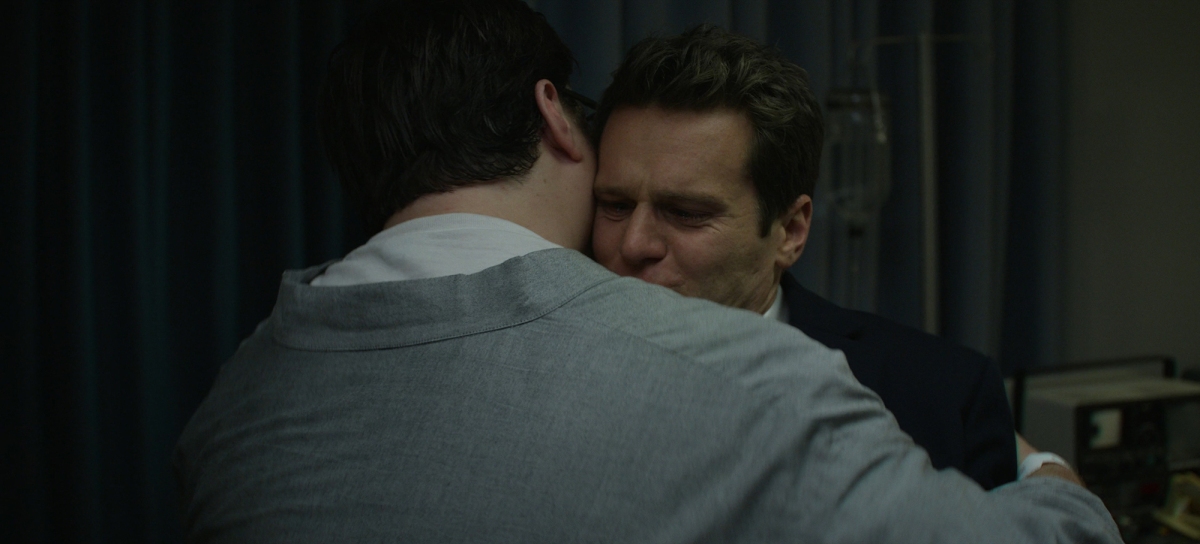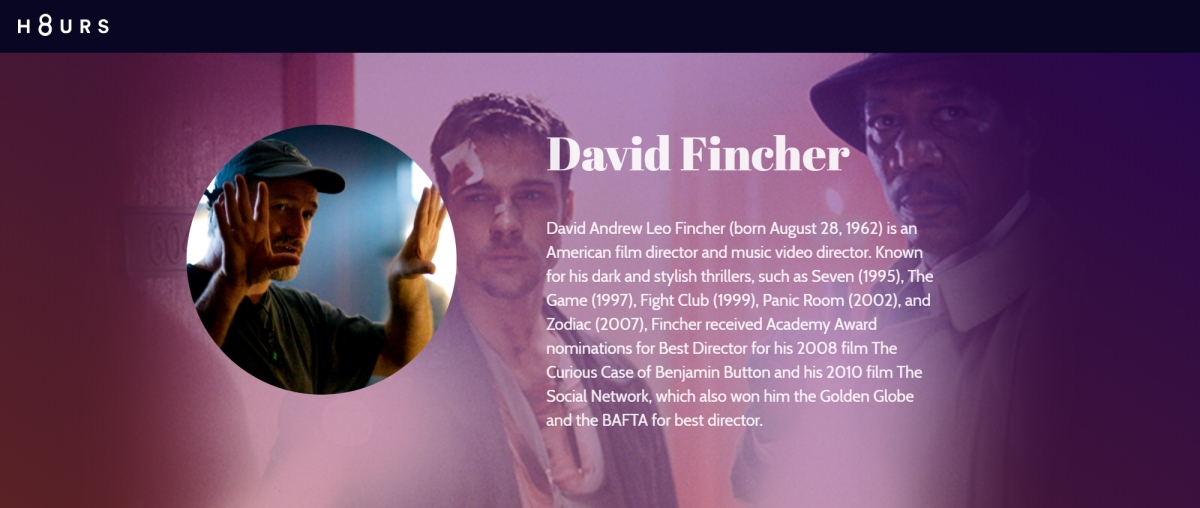Nicholas Russell
May 2024
Bright Wall/Dark Room: Issue 130: Obsession
Really, this essay is about commentary tracks.
I’d been thinking about comfort movies because I was recently bedridden with a bad cold and watching the same movie over and over. I suppose I’ve been thinking about why so many of these sorts of movies, for me at least, tend to be ones meant to make the viewer feel bad. Maybe not “why”, maybe not “meant.” Pathologizing cinematic taste can quickly turn into phrenology and, like so many artforms, one encounters works of art at various times in one’s life to vastly different effects.
I spent many solitary afternoons walking home from school while my parents were working, grabbing a box of grocery store doughnuts from our pantry, sitting on the couch, and pulling up a list of DVR’d titles I wasn’t allowed to watch, titles I hoped would be buried beneath the long column of my parents’ recorded TV shows.
Any DVD of any movie we owned that I was remotely interested in, if there was a commentary track, I’d listen to it. An increasingly rare staple of a post-theatrical release, one hears in detail how the production came together, or one hears gossip.
The first commentary track I remember listening to accompanied Stephen Sommers’ monster romp Van Helsing, featuring Richard Roxburgh, Shuler Hensley, and Will Kemp. The second was David Fincher’s Fight Club. Fincher has lived inside my ear for most of my life. Thanks to a superfan known as The Fincher Analyst, who maintains a thorough database of pretty much anything and everything related to Fincher and his work, I have the audio from the director’s available commentary tracks, plus a few of his interviews, downloaded onto my iPod. I’ve listened to the lot of them dozens of times.

Illustrations by Ben Turner













